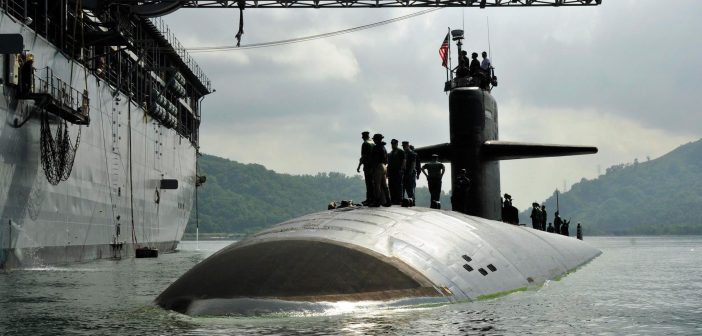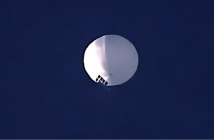In the early 1990s, any time you asked US Navy leaders how many aircraft carriers America had, their answer was “not enough.”
Today, the same thing can be said about the Navy’s submarine force.
At the moment, America has 52 nuclear attack submarines. That’s more than any other nation in the world, but still not enough to support US global security needs.
Despite rising Russian and Chinese investment in newer, more capable and quieter submarines combined with more powerful and longer-range cruise and ballistic missiles that hold land bases and surface ships at risk, the Joint Chiefs of Staff several years ago decided 48, more modern subs are enough.
This is an ideal time to reconsider the nation’s submarine needs. Congress last year mandated the Pentagon conduct three independent studies to look at fleet architectures for 2030 and beyond, including new platforms, unmanned systems, new roles and missions, as well as operations and sustainment. The three contributors to the study are the Navy’s assessment office, the Center for Strategic and Budgetary Assessments think tank and the MITRE federally funded research and development center. The three studies are to be sent to Pentagon leaders in about two weeks and a final report submitted to Congress next April.
Analysts and some in the Navy admit far more subs will be needed, as many as 66, to support global needs in an era of increased maritime trade, seabed activity and rapidly improving threat technologies. And they point out that the current target of 48 subs is optimistic and assumes that budgets will support construction of two Virginia-class ships a year for the foreseeable future.
Yet instead of steadily increasing, America’s attack submarine force is poised to drop to only 41 boats in 2029 as the last of the Los Angeles-class boats are retired and remain in a trough for an agonizing 16 years – even with a build rate of two Virginias a year.
Navy leaders already have a plan to address the nation’s submarine shortfall. First, partner with like-minded nations that operate sophisticated submarines like Britain, Australia, Japan and others. Second, develop a new generation of large unmanned underwater vehicles that would operate from and in conjunction with manned subs as a force multiplier. Third, develop better undersea surveillance systems to help make best use of a smaller submarine force.
Submarine leaders are now pushing to add one more sub to the planned production program of two Virginia-class boats a year over the coming 15 years to shrink the trough from 16 to 11 years.
But the reality remains that the Navy won’t have enough attack submarines to meet the nation’s needs for half a generation.
That’s ridiculous and carries unacceptable risk. The oceans are vast, the missions many and the potential enemies getting better technologically and operationally. The attack submarine force is America’s asymmetric advantage for persistent surveillance, sea denial and power projection.
America doesn’t need to surge as it did during the Cold War to build nuclear submarines at breakneck speed – some 60 attack subs alone in the 1960s.
But it does need to increase nuclear attack submarine production from two to three attack boats a year over a sustained period to shrink the trough as much as possible.
There is no doubt that such an increase in attack boat production will be a challenge, especially during the construction years for the new ballistic missile submarine.
Even Navy leaders worry that the industrial base can’t support that construction rate.
That’s no excuse. America may not be the industrial superpower it was three decades ago, but it still has tremendous capacity, especially to address such a critical national security need. The question isn’t whether America can do it, but how much it will cost.
This will be an expensive undertaking. Submarines are the nation’s most complex weapons and lead times for major components are long.
It’s time to accelerate investment in not just submarines — but undersea capabilities writ large — which is an investment in conventional deterrence.
Not only are more boats vital, but so too is increasing their payload capacity. War-games have time and again demonstrated that current attack submarine payload capacity limits their ability to project power.
Equipping future boats with Virginia Payload Modules is vital to increase the fleet’s undersea weapons and systems payload capacity before the four Ohio-class guided missile submarines — each with up to 154 cruise missiles – start to retire in 2025.
And we should not consider funding more attack submarines at the expense of eliminating or reducing the planned fleet of 12 new ballistic missile subs that will remain a critical pillar of the nation’s nuclear deterrent.
Leveraging technological advances in energy storage and artificial intelligence, the Navy should augment its attack submarine force with several dozen extra-large unmanned underwater vehicles able to host large payloads and operate at extreme depths.
These new vehicles, along with adequate numbers of submarines and advanced seabed surveillance systems will be vital to maintaining the U.S. lead in undersea warfare and to dissuade any adversary.




